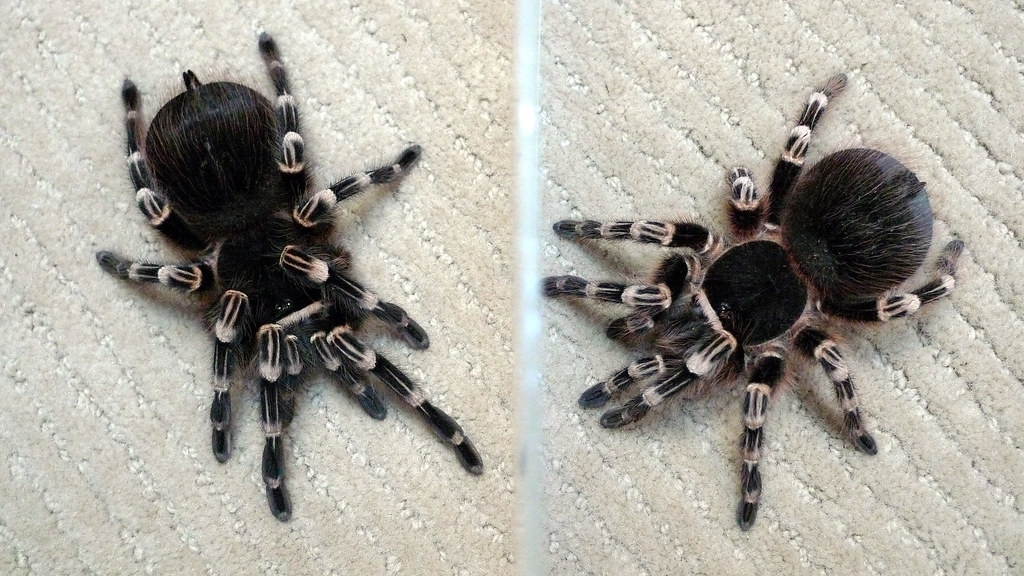- Joined
- Mar 17, 2003
- Messages
- 938


The Tarantula Bibliography :: late March 2014 release :: Acanthoscurria revision!
My Tarantula Bibliography has been updated for the second time in March. At present the family Theraphosidae is comprised of 943 species in 127 genera.
Major changes include: The genus Acanthoscurria has been revised. The lone new species is Acanthoscurria belterrensis/ Both A. brocklehursti and A. ferina are now considered junior synonyms of A. theraphosoides. Change your labels; brocklehursti & ferina are no more! (see bottom for further comment* though...). Also, A. transamazonica is a junior synonym of A. geniculata and A. xinguensis is a junior synonym A. juruenicola.
Paula, F.d.S., R. Gabriel, R.P. Indicatti, A.D. Brescovit & S.M. Lucas. 2014.
On the Brazilian Amazonian species of Acanthoscurria (Araneae: Theraphosidae).
ZOOLOGIA 31(1): 63–80, February, 2014. http://dx.doi.org/10.1590/S1984-46702014000100008.
LINKS
- To visit The Tarantula Bibliography click here.
- To download the PDF species list click here.
- To subscribe to my email updates click here
- To visit Michael Jacobi’s SPIDERSHOPPE click here
*I'm not the only one who has long considered geniculata and brocklehursti to be the same spider. However, to be clear, this new paper has nothing to do with that. Apparently the type specimen of "brocklehursti", now determined to be synonymous with A. theraphosoides, is nothing like what we call "brocklehursti" in the hobby. In other words, get rid of your "brock" labels if you're keeping the spider - because that species name is no longer valid! - but what we have (I should say you have as I don't keep 'em!) is (probably, almost definitely) not A. theraphosoides either. Genics and "brocks" should still be kept separate and not interbred until the day someone works on our pet trade material. They may be different and another name needed. This is what keeps scientists employed [jk











